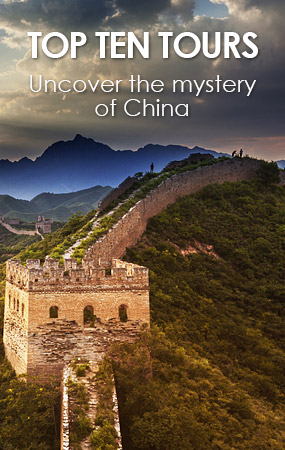Yuanmingyuan (Old Summer Palace)
Located in the northern part of Haidian District of Beijing, Yuanmingyuan (Garden of perfect Brightness) was one of the most important imperil garden of the Qing Dynasty. Its nickname “King of Gardens” may give a clue regarding its splendid architecture and abundant collections of various treasures and wonders. However, Yuanmingyuan is in the meantime a symbol of humiliation in modern China’s history. In 1860, it was looted and burned down to the ground by the invading Anglo-French forces. The famous French writer Victor Hugo mentioned this crime in his article and described England and France as two robbers in the civilized world. Today the park was built on the ruins and becomes a place for both leisure and historical memory.
The garden was first built by Emperor Kangxi as a gift to his fourth son Prince Yinzhen who later succeeded his throne, namely, Emperor Yongzhen. After Emperor Yongzhen died, his son Emperor Qianlong was also a true garden lover and continued investing a lot on the it. Therefore after three emperors’ great efforts, Yuanmingyuan became a brilliant imperial garden that covered 350 hectares, much larger than the then Summer Palace.
At that time, Yuanmingyuan was composed of three parts: Yuanmingyuan (Garden of perfect Brightness), Changchunyuan (Garden of Everlasting Spring), and Qichunyuan (Garden of Beautiful Spring). Five emperors: Yongzhen, Qianlong, Jiaqing, Daoguang, and Xianfeng spent their time here, playing, receiving guests, and administering their large empire. In a sense it functioned as another Forbidden City of the country. When the feudal China drawing to its end, the Qing government’s crisis got worsen. Even though the income decreased, the Qing Emperor had to reduce their spending in other respect like hunting and holiday, the decoration of Yuanmingyuan never ceased until it was destroyed again in 1900.
As a large scale royal garden, Yuanmingyuan takes water as its theme. Rockeries, hills, pavilions, small isles, bridges, and crooked corridor split the vast area. A lot of replicas of other famous garden can be found with important temples, hundreds of Buddhist statues made of gold, silver, bronze and jade as well as countless other treasures. According to the historical record, the garden boasted over 100 landscape and architectural wonders before its catastrophes. The 160, 000 square meters garden area was about 10, 000 square meters larger than the architectural area of the Forbidden City.
Today there is a lot of debate and controversy about whether the ruins of the garden should be restored or not. The ruins garden is so far largest preserved as its original look: the three parts remain untouched. The left dozens of attractions seem to tell the visitors the past, present and the future of the garden.

